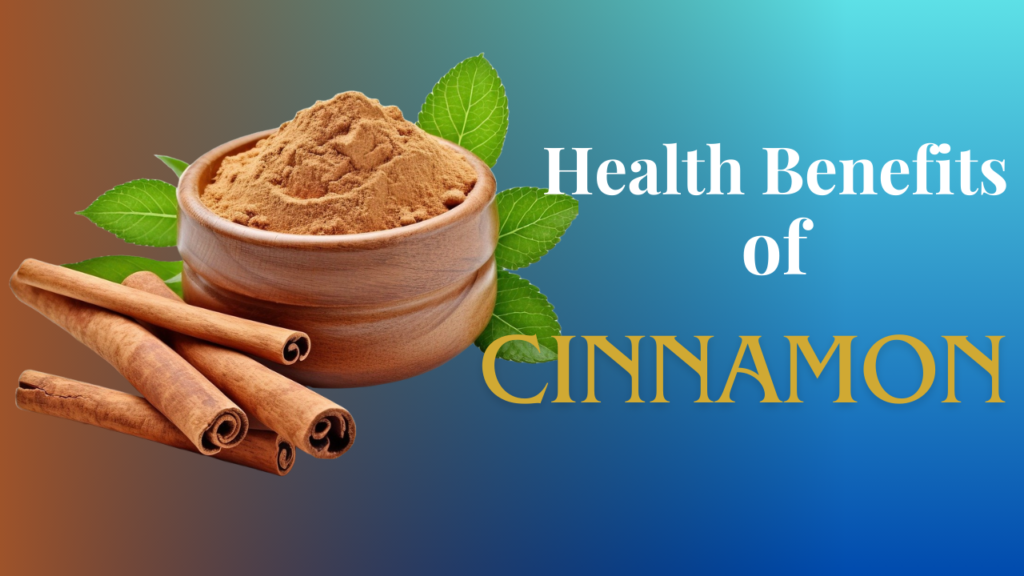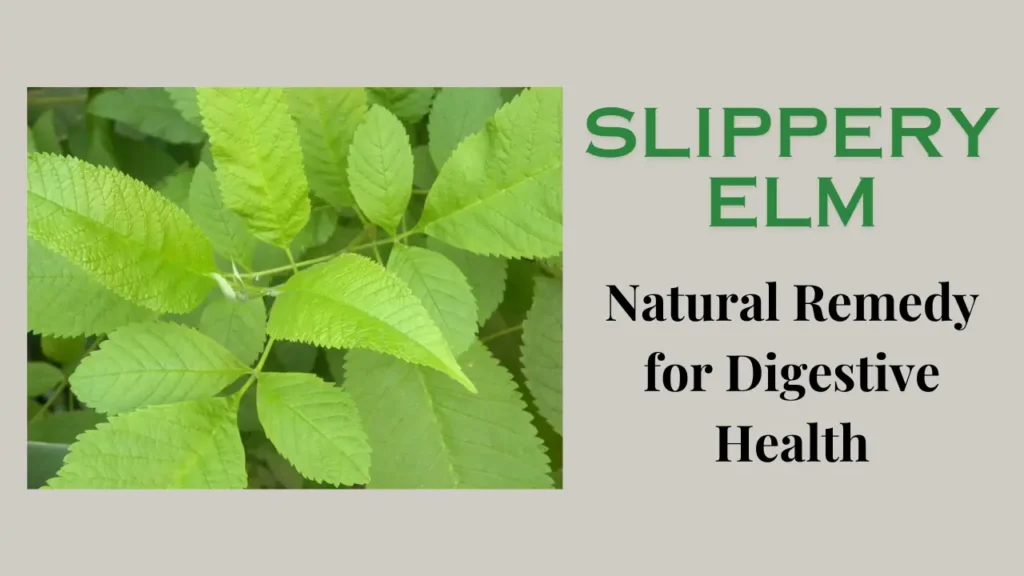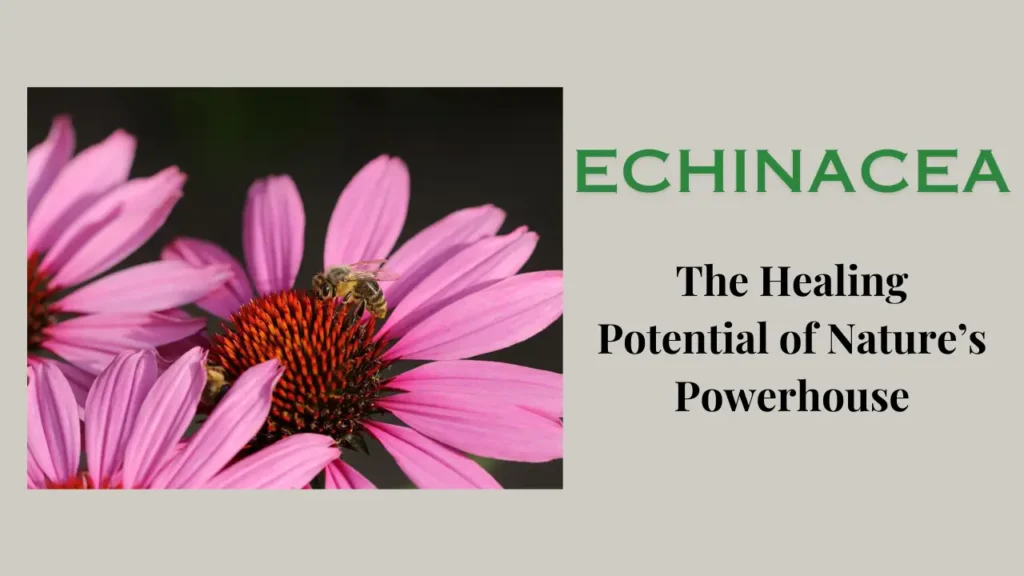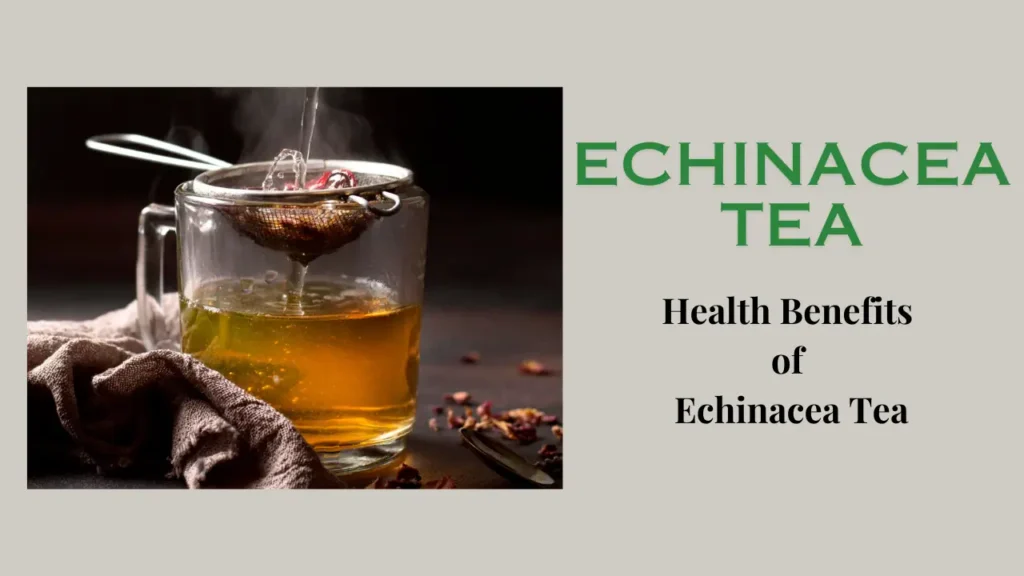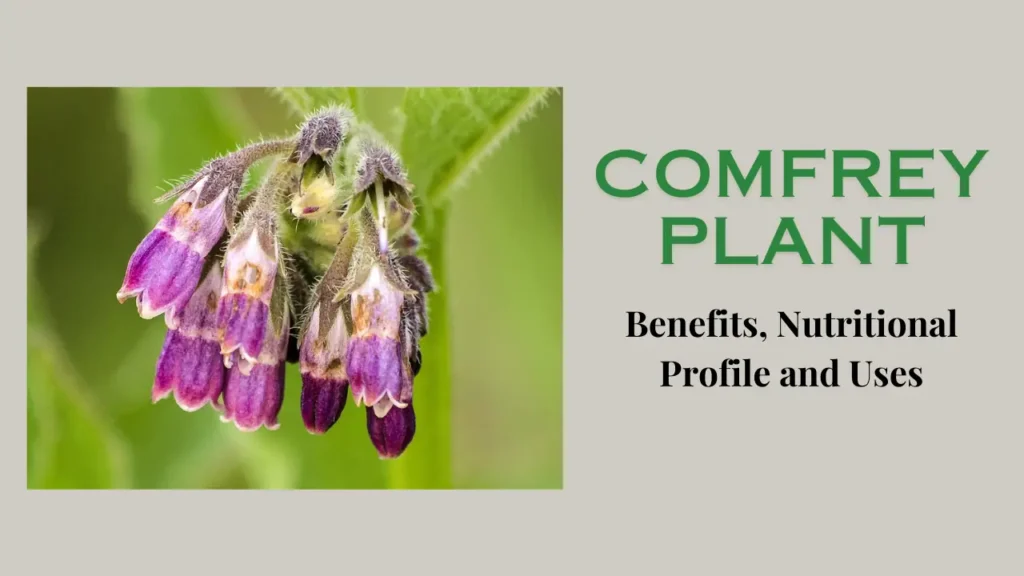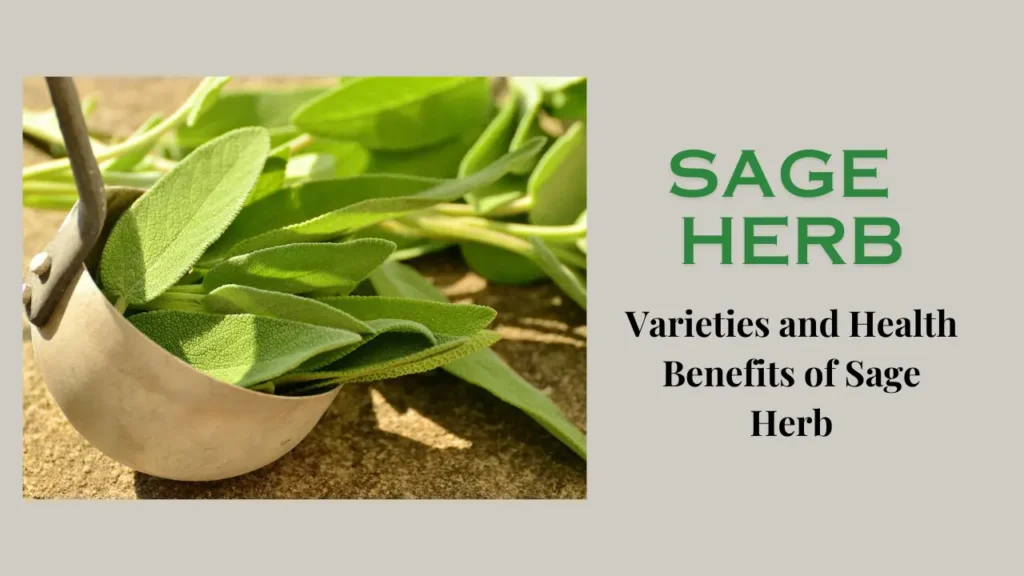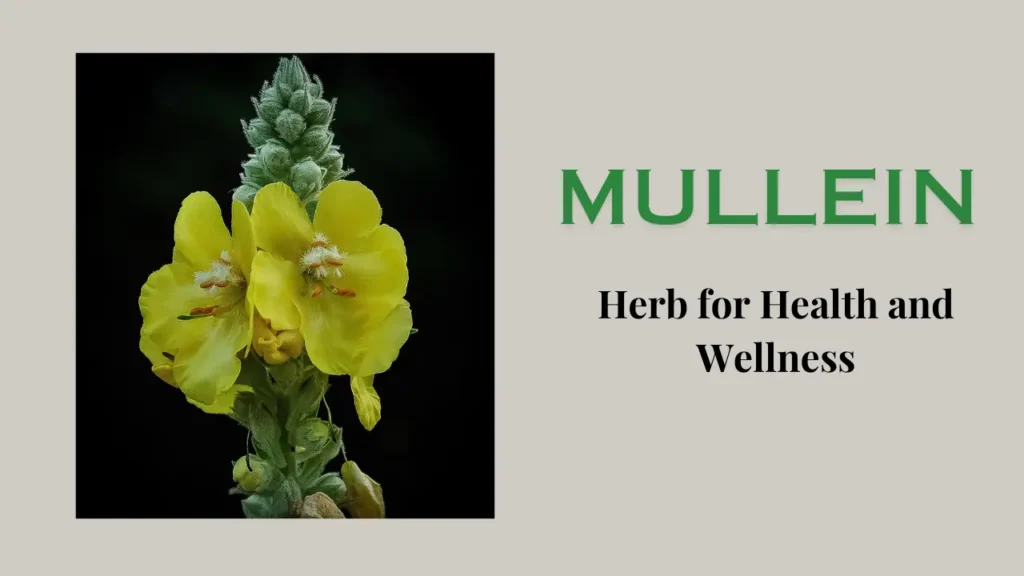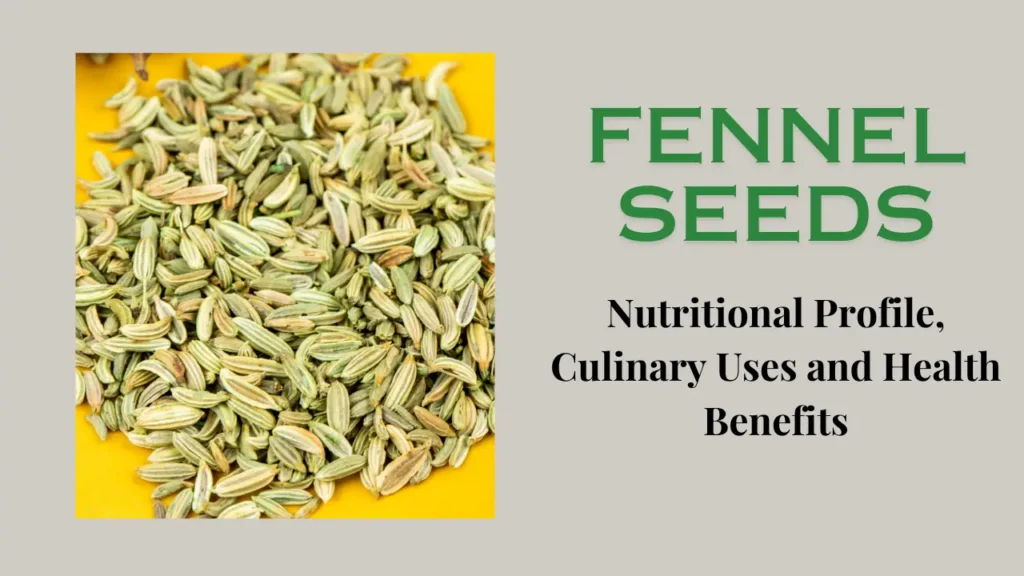Mistletoe has a long history. It has long been used for its medicinal properties. This evergreen plant is often associated with holidays and also has a rich history in herbal medicine. In this article, we will try to learn a little more about it.
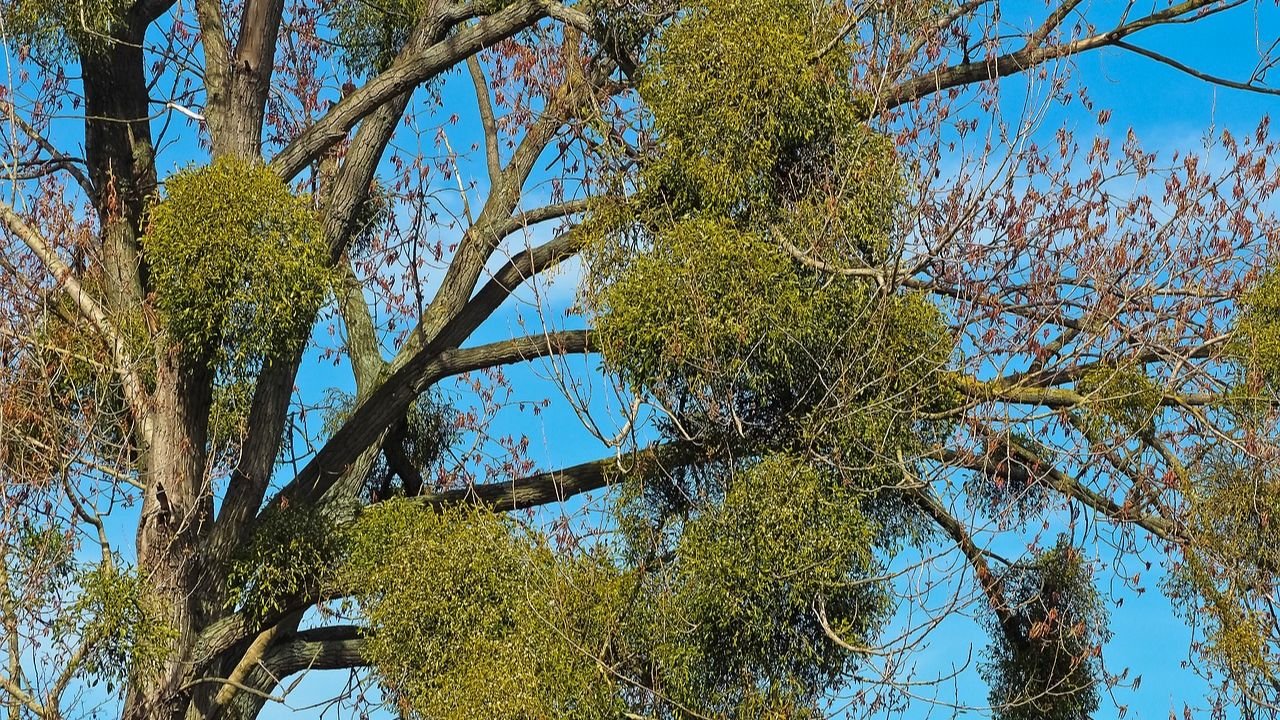
Table of Contents
Scientific Name
It varies based on its species. The most common species in medicinal contexts are the Viscum album (European mistletoe) and Phoradendron serotinum (American mistletoe).
Synonyms
- Viscum album: European mistletoe, Common mistletoe.
- Phoradendron serotinum: Eastern mistletoe, American mistletoe.
Family
Santalaceae
Habit
It is a semi-parasitic plant, meaning it partially depends on its host tree for nutrients while photosynthesizing. It grows as a bushy, evergreen shrub.
Habitat
Mistletoe is native to temperate and tropical regions. It is usually associated with deciduous trees such as oak, maple, and apple. In Europe, it is found on apple trees, and in North America, it is found on oak and hickory trees as a parasite.
Common Name
European mistletoe, American mistletoe, Eastern mistletoe
Chemical Composition
Viscotoxins, Lectins, Flavonoids, Alkaloids
Plant Parts Used
leaves and stems
Properties of Mistletoe
Ayurvedic Properties
- Rasa (Taste): Bitter and astringent.
- Guna (Quality): Light and dry.
- Virya (Potency): Cooling.
- Vipaka (Post-digestive effect): Pungent
Therapeutic properties
It has many therapeutic properties, some of which are described below:
- Anticancer: Mistletoe extracts are used as a complementary treatment in oncology.
- Antihypertensive: Helps lower blood pressure
- Immunomodulatory: Stimulates the immune system
- Sedative: Helps relax and reduce anxiety
- Anti-inflammatory: Reduces inflammation and pain
- Antispasmodic: Helps reduce muscle spasms
Forms of Use
- Extract: Available in the form of injection.
- Infusions and teas: It is prepared from the dried leaves and stems.
- Tincture: It is an alcoholic extract.
- Topical applications: Ointments and creams made from mistletoe
Precautionary Measures
Mistletoe offers many health benefits, but it is important to take certain precautions while consuming it:
- Toxicity from excessive consumption
- Pregnancy and breastfeeding women should exercise caution
- Allergic reactions may occur
- Follow limited dosage by the doctor
Conclusion
Historically, it is used as a decoration in many countries, but apart from this, it is also a medicinal plant that has many properties. By knowing its properties, we can use it for the treatment of many diseases. But while using it, we must consult a doctor so that we can use it carefully and avoid its side effects.
Remember, before starting any new wellness regimen, it’s always best to consult with a healthcare professional to ensure it is suitable for your specific needs and circumstances.

